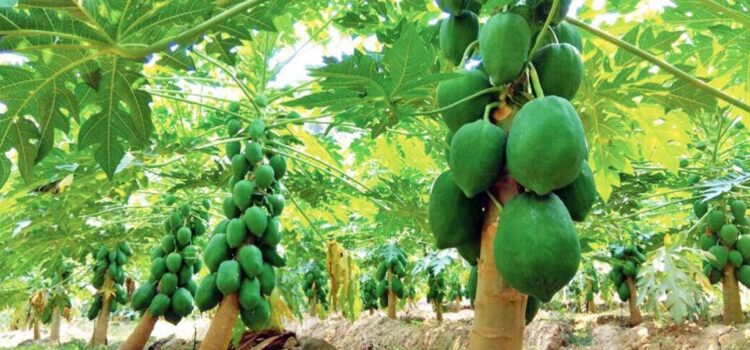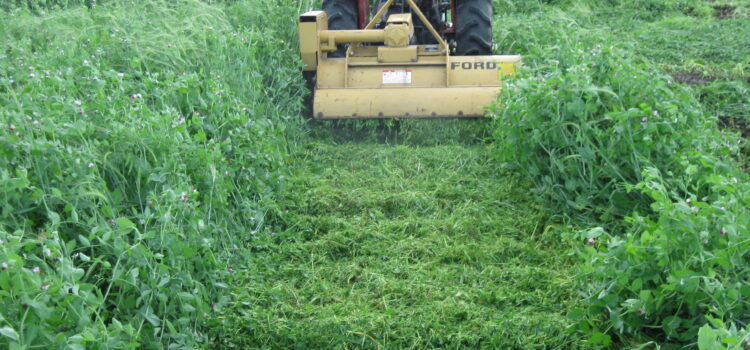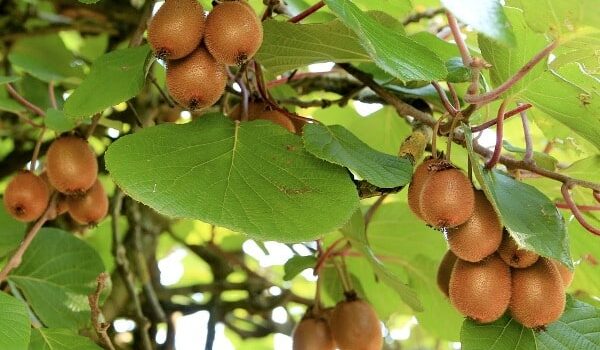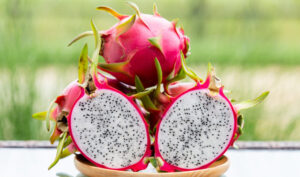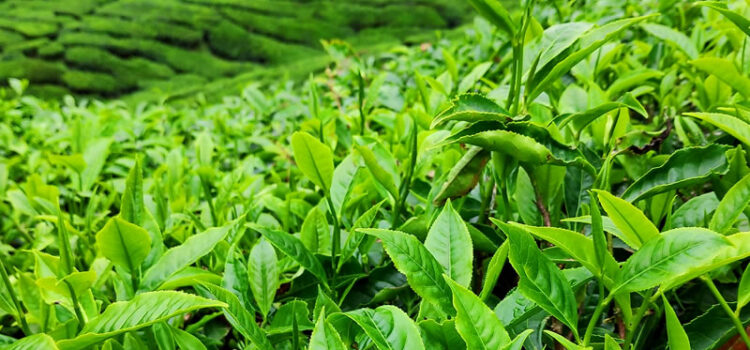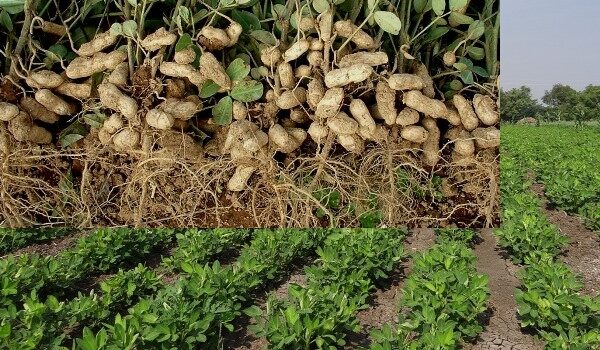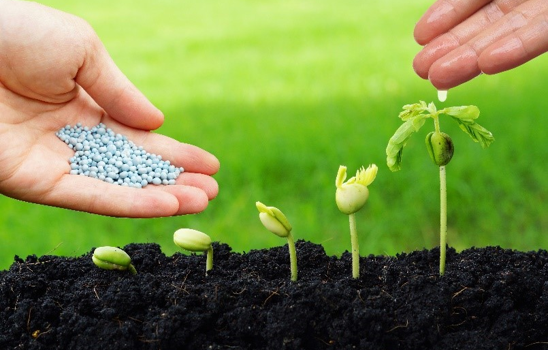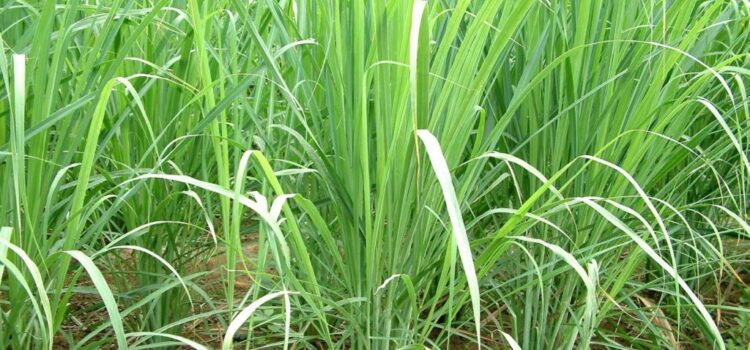Complete Step By Step Knowledge Of Cashew Tree Farming, Harvesting & Processing Of Cashew Nut & Its Sales And Marketing Strategies
Cashew refers to both the cashew tree (Anacardium occidentale) and the seed it produces, commonly known as a cashew nut. Here’s a breakdown of both aspects:
- Cashew Tree:
The cashew tree is a tropical evergreen tree that belongs to the family Anacardiaceae. It is native to northeastern Brazil but is now cultivated in many tropical regions around the world. The tree can reach a height of up to 12-15 meters (39-49 feet) and has a spreading canopy. It thrives in warm climates with well-drained soil.
- Cashew Nut:
The cashew nut is the edible seed produced by the cashew tree. It develops as part of a fruit called the cashew apple, which is pear-shaped and ripens to a yellow or red colour. The cashew apple itself is not widely consumed, but the cashew nut is highly prized for its flavour and nutritional content.
The cashew nut has a distinct kidney or crescent shape. It is attached to the bottom of the cashew apple, inside a hard, double-layered shell. Between the layers of the shell is a toxic resin called urushiol, which can cause skin irritation. Therefore, proper processing is necessary to remove the resin and make the cashew nut safe for consumption. The shell is usually discarded, and the cashew nut is sold in its shelled form. Cashew nuts have a rich, buttery flavor and a creamy texture. They are commonly used in cooking, baking, and as a standalone snack. Cashews are also popular in vegan and dairy-free recipes as they can be blended to make creamy sauces, dressings, and vegan cheeses. Nutritionally, cashews are a good source of healthy fats, protein, dietary fiber, vitamins (such as vitamin E, B vitamins), and minerals (including magnesium, copper, zinc, and phosphorus). However, they are also calorie-dense, so portion control is important. Overall, cashews are enjoyed for their taste, versatility in culinary applications, and potential health benefits.
Climatic & Geographic Condition for Cashew Farming
Cashew farming requires specific climatic and geographic conditions for successful cultivation. Here are the key factors to consider:
- Climate:
Cashew trees thrive in tropical and subtropical climates. They require a long, hot growing season with high temperatures and ample sunlight. Ideal temperature ranges for cashew cultivation are between 20°C (68°F) and 35°C (95°F). Frost and cold temperatures can damage or kill the trees. The cashew tree is also sensitive to strong winds and prefers relatively calm conditions.
- Rainfall:
Cashew trees have specific requirements for rainfall. They grow best in areas with a distinct dry season followed by a wet season. The trees need a dry period of around two to three months to initiate flowering and fruiting. However, they also require sufficient rainfall during the wet season for proper growth and development. An annual rainfall range of 1,000 to 2,500 millimeters (40 to 100 inches) is generally considered suitable for cashew farming.
- Soil:
Cashew trees prefer well-drained soils with good fertility. Sandy loam or sandy clay soils with a pH range of 5.5 to 7.5 are ideal. The soil should have good water-holding capacity while also allowing excess water to drain away. Cashews can tolerate a variety of soil types but do not grow well in heavy clay soils or waterlogged areas.
- Altitude:
Cashew trees are typically grown at elevations ranging from sea level up to about 500 meters (1,640 feet). Higher altitudes can affect the tree’s growth and fruiting, so it is generally recommended to cultivate cashews at lower elevations.
- Geographic Region:
Cashews are commercially grown in various regions around the world, including parts of Africa, Asia, and Latin America. Some of the prominent cashew-producing countries include India, Vietnam, Nigeria, Brazil, and Ivory Coast. These regions provide the necessary climatic conditions and suitable agricultural practices for cashew cultivation. It’s important to note that while cashew trees are adaptable to different conditions, the specific requirements can vary depending on the cultivar and local environmental factors. Consulting local agricultural experts or extension services in the target region will provide more precise information tailored to the specific geographic area.
Cashews nut harvesting & Processing
Cashew nut harvesting and processing involve several steps to ensure the nuts are safely extracted from the cashew apple, processed, and prepared for consumption. Here’s an overview of the typical process:
- Harvesting:
Cashew nut harvesting begins when the cashew apples ripen and turn a yellow or red color. The cashew apples are harvested by hand or by using long poles with hooks to gently remove them from the trees. The cashew apples are separated from the cashew nuts at this stage.
- Drying:
Once the cashew apples are harvested, the cashew nuts are removed from them. The cashew nuts have a hard, double-layered shell that contains a toxic resin. To remove the resin and prepare the nuts for consumption, they are typically dried. The drying process can be done by spreading the nuts out on a clean surface, such as mats or concrete, to allow them to dry naturally in the sun. Alternatively, mechanical dryers can be used to speed up the process. Proper drying is important to prevent the growth of molds or fungus.
- Shelling:
After the cashew nuts have been dried, they are ready for shelling. The shell of the cashew nut is extremely hard and needs to be cracked open to access the edible seed inside. Shelling can be done manually or through mechanical methods. Manual shelling involves using specialized tools or machines to carefully crack open the shells. Mechanical methods use machines that apply controlled pressure to crack the shells.
- Cleaning:
Once the cashew nuts have been shelled, they undergo a cleaning process to remove any remaining shell fragments or impurities. This is typically done using sieves or air blowers to separate the nuts from unwanted particles.
- Grading and Sorting:
After cleaning, the cashew nuts are sorted and graded based on their size, color, and quality. Grading ensures consistency in the final product and allows for differentiation in the market. The nuts are sorted into different categories, such as whole kernels, halves, pieces, or splits, depending on their size and appearance.
- Roasting:
Roasting is an optional step in cashew nut processing. Roasting enhances the flavor and texture of the nuts and can be done using dry heat or oil. It is important to monitor the roasting process carefully to avoid overcooking or burning the nuts.
- Packaging and Storage:
The processed cashew nuts are then packaged and prepared for distribution. They are typically packed in airtight containers or vacuum-sealed bags to maintain freshness. Proper storage conditions, such as cool and dry environments, are necessary to extend the shelf life of the cashew nuts. It’s important to note that cashew nut processing methods can vary depending on the scale of production and the specific requirements of the market. Large-scale processing facilities often use mechanized methods, while small-scale or artisanal producers may employ more manual techniques.
Cashews nut nutrition value
Cashew nuts are not only delicious but also offer various nutritional benefits. Here is the approximate nutritional value of cashew nuts per 100 grams (3.5 ounces) serving:
- Calories: 553 kcal
- Fat: 44 grams
- Saturated fat: 8 grams
- Monounsaturated fat: 24 grams
- Polyunsaturated fat: 8 grams
- Carbohydrates: 30 grams
- Fiber: 3.3 grams
- Sugars: 6 grams
- Protein: 18 grams
- Vitamins:
- Vitamin E: 5.3 milligrams
- Thiamin (Vitamin B1): 0.4 milligrams
- Riboflavin (Vitamin B2): 0.1 milligrams
- Niacin (Vitamin B3): 1.1 milligrams
- Pantothenic acid (Vitamin B5): 0.9 milligrams
- Vitamin B6: 0.4 milligrams
- Folate (Vitamin B9): 25 micrograms
- Minerals:
- Calcium: 37 milligrams
- Iron: 6.7 milligrams
- Magnesium: 292 milligrams
- Phosphorus: 593 milligrams
- Potassium: 660 milligrams
- Zinc: 5.8 milligrams
- Copper: 2.2 milligrams
- Manganese: 1.7 milligrams
- Selenium: 19.9 micrograms
It’s important to note that these values are approximate and can vary depending on various factors such as the specific variety of cashew nuts and processing methods. Cashew nuts are also calorie-dense due to their high fat content, so portion control is advised. Cashew nuts provide healthy fats, including monounsaturated fats, which are beneficial for heart health. They are also a good source of protein, fiber, and essential minerals like magnesium, phosphorus, and zinc. Cashews contain various vitamins, with notable amounts of vitamin E, which acts as an antioxidant in the body. While cashews offer several nutritional benefits, it’s important to enjoy them in moderation as part of a balanced diet. If you have any specific dietary concerns or conditions, it’s always recommended to consult with a healthcare professional or registered dietitian for personalized advice.
Cashews nut sales & Marketing
Sales and marketing of cashew nuts involve various strategies to promote and distribute the product to consumers. Here are some key aspects of cashew nut sales and marketing:
2. Market Research:
Conduct market research to understand the demand, competition, and target consumers. Identify key trends, preferences, and market segments to develop effective marketing strategies.
3. Branding and Packaging:
Develop an attractive and memorable brand identity for your cashew nut product. Design eye-catching packaging that reflects the brand image and communicates the quality of the product. Ensure the packaging is informative, highlighting the nutritional benefits and any unique selling points.
4. Distribution Channels:
Identify the most suitable distribution channels to reach your target market. This may include selling through supermarkets, specialty food stores, online platforms, or establishing direct relationships with wholesalers and retailers. Consider international markets if you have the capacity for export.
5. Promotion and Advertising:
Utilize various marketing channels to create awareness and promote your cashew nuts. This can include online advertising, social media marketing, influencer partnerships, participation in trade shows and food exhibitions, and traditional advertising methods like print media or television commercials. Emphasize the unique qualities and health benefits of cashew nuts in your marketing messages.
6. Product Differentiation:
Differentiate your cashew nuts from competitors by highlighting unique aspects such as organic certification, sustainable sourcing practices, or specific flavor profiles. Emphasize any quality certifications or awards received.
7. Online Presence:
Establish a strong online presence through a dedicated website and active social media accounts. Utilize search engine optimization (SEO) techniques to improve visibility and ensure your brand is easily discoverable online. Engage with consumers through informative content, recipes, and engaging visuals.
8. Partnerships and Collaborations:
Collaborate with influencers, nutritionists, or health professionals to endorse your cashew nut product. Explore partnerships with food bloggers or recipe developers to create unique and appealing recipes using cashew nuts. This can help create buzz and increase brand awareness.
9. Customer Relationships:
Focus on building long-term relationships with customers. Provide excellent customer service, respond to inquiries promptly, and address any concerns or issues. Encourage customer feedback and reviews to gather testimonials that can be used in marketing efforts.
10. Trade Promotions and Discounts:
Offer promotions, discounts, or bundle deals to attract customers and encourage repeat purchases. Collaborate with retailers to run special promotions or seasonal discounts to increase sales volume.
11. Product Sampling:
Conduct product sampling campaigns at supermarkets, food festivals, or other relevant events to allow potential customers to taste and experience the quality of your cashew nuts. This can help generate interest and convert sampling participants into loyal customers. Remember that effective sales and marketing strategies may vary depending on the target market, consumer preferences, and local regulations. It’s important to adapt your approach based on the specific context and continually evaluate and adjust your strategies based on feedback and market dynamics.


